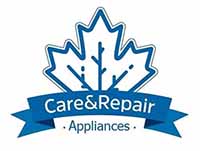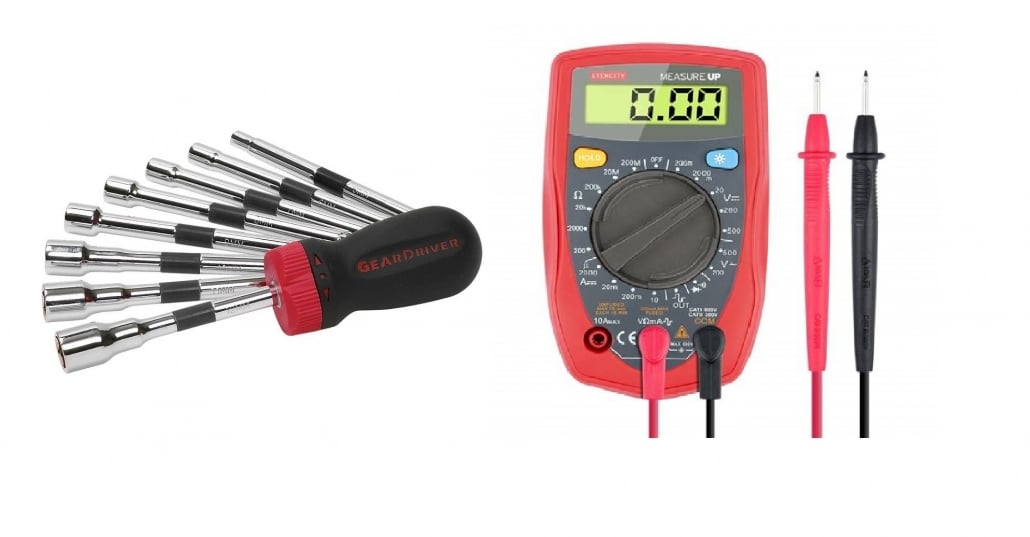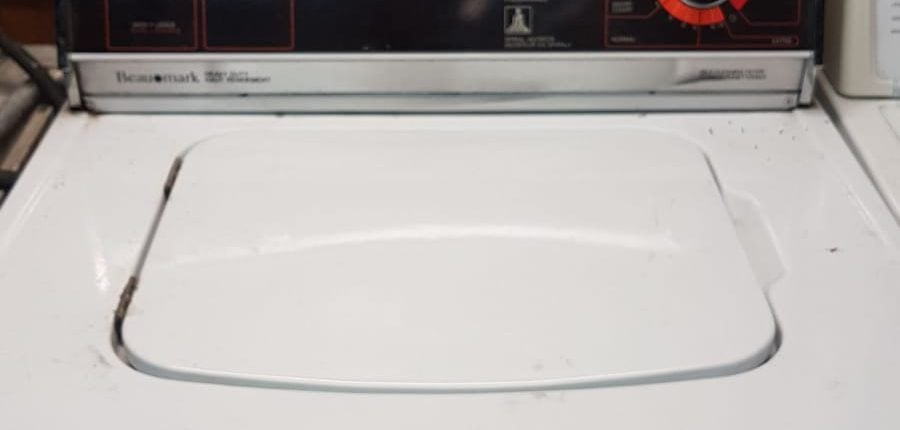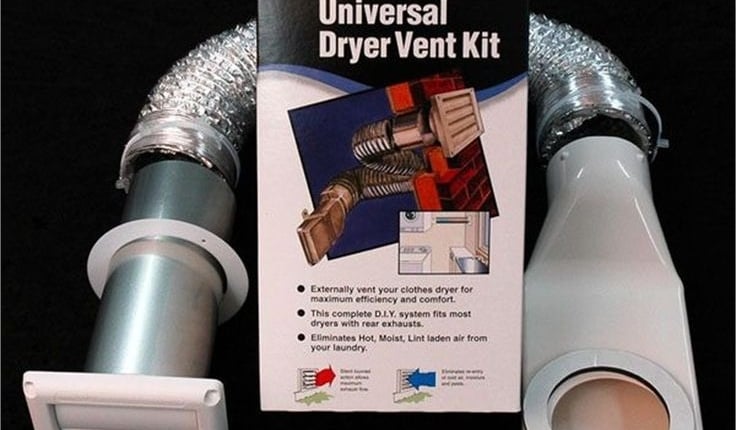Self-Cleaning Oven
Self-Cleaning Oven Actionable Guide
Self-cleaning ovens are very convenient to use but they require special knowledge of how to maintain them properly. Since there are various models of those appliances you can choose from, there are also certain differences in how they should be used. Therefore, going through recommendations applied to your self-cleaning oven is important.
Below, you will find some helpful info on those appliances and their use.
How Does a Self-Cleaning Oven Work?
Self-cleaning ovens are the same traditional ovens but with a special feature that allows cleaning grease and grime without you being involved in the cleaning process. All you have to do is to press the right button and collect some mess after a self-cleaning cycle.
Most of such appliances use extremely high heat reaching up to 1000°F to burn off all the dirt and debris remaining in your oven after cooking. Everything left inside of the oven will turn into ash found on the bottom of the appliance after a self-cleaning cycle.
To perform the self-cleaning function, such appliances come with additional elements and parts, including the following:
- A timer. It shows for how long the self-cleaning function has been operating;
- An additional thermostatic element to control the extremely high temperatures;
- A secure oven door latch. It is dangerous to open the oven’s door during the self-cleaning procedure, and the door locking system will not allow you to do that.
As a result, you will get a perfectly clean oven without using any special cleaners.
How to Use a Self-Cleaning Oven
Before you start using your self-cleaning oven, go through the manufacturer’s recommendations. There may be significant differences between models produced by different companies.
Usually, you can use such ovens in a traditional way for cooking, baking and so on, but dedicating some time to learn how to use its self-cleaning function is important. Basically, you will just need to know what should be done to ensure the safe and effective use of such an appliance.
Types of Self-Cleaning Oven
There are three main types of self-cleaning ovens:
- Pyrolytic. The heat inside of such ovens can be over 900°F to burn off any dirt and debris;
- Catalytic. They rely on enzyme-based liners for an effective food breakdown;
- Steam. Such appliances use high pressured steam to evaporate residues.

How to Clean a Self-Cleaning Oven
There are just a few steps that you will need to take for cleaning your oven, including the following:
Step 1. Empty the oven
Everything stored in the oven should be removed, including racks, pans, pots, aluminum foil, cookie sheets, etc. Since high heat will be applied to everything in the oven, such items may be damaged. There is no need to use any chemical cleaners.
Step 2. Close the oven’s door
After making sure that the stove is empty, you should close the oven’s door so that the locking door system could be activated.
Step 3. Press the button
Before you press the button to start the cleaning process, you should make sure that someone will be at home while the cycle is on. You should not leave the working oven unsupervised. The thing is that when the dirt is burnt off, smoke can be produced, which may reach your smoke detector.
Moreover, due to the excess heat, you will likely want to open a window and cool the room. You can also use an exhaust fan to get rid of smoke and unpleasant odors.
Step 4. Wait until the cleaning cycle is over
You will not be able to open the door until both clean and cool-down phases are completed, which is important for safety purposes. Once the appliance is cool enough, the door will unlock automatically.
Step 5.Wipe everything down
You can use a damp cloth or sponge to remove the ash. The door edge and seals require using hydrogen peroxide to clean them manually.
There are different instructions on how often the self-cleaning function should be used. This really depends on the model, so for more information, you should read the manufacturer’s recommendations. Usually, such an operation is conducted from 6 to 12 times per year.
How Long Does a Self-Cleaning Oven Cycle Take?
Since there are different types of self-cleaning ovens and various models from numerous manufacturers, there is no particular amount of time required for cleaning all of them. Moreover, the duration of the cleaning process also depends on how much dirt is there inside of your oven — the dirtier it is, the longer the cleaning cycle will last.
Usually, the process will take from one to five hours. It is great that your oven will do everything itself, but you should not leave the house. Therefore, you should plan the cleaning cycle to stay at home and make sure that everything is fine. Since lots of heat is generated, many people prefer to run the cycle in the evening time, especially those living in a hot climate.
Do’s and Don’ts
Below, you will find a list of do’s and don’ts that will help you ensure the safe and effective use of your oven.
Do’s:
- Read your manufacturer’s instructions before running a cleaning cycle. If you cannot find your manual, search for instructions on the Internet;
- Clean only the parts of the appliance listed in your manual;
- Remove all the racks, pans, pots, and other items from your oven before cleaning.
Don’ts
- Don’t touch the appliance or let your children be near it during the cleaning cycle, because it is too hot;
- Don’t use oven cleaners or coaters;
- Don’t clean the door gasket to avoid damaging the seal.
Repair a Self-Cleaning Oven
There are a few common issues typical for those ovens due to the self-cleaning function. These may result from both extreme heat and regular wear off.
The oven does not turn on after self-cleaning
Due to the excess heat, some parts may be damaged. You should check them, particularly, the thermal fuse and the wires.
The oven’s door does not open
You should wait for some time as the door is locked not to allow you to open it until the oven is cool enough. If nothing happens after waiting for a few hours, turn off the power using the circuit breaker and turn it on again in a minute. If nothing works, the door locking mechanism might require replacement.
Your meals are uncooked or overcooked
Thermostat/thermal fuses control the temperature settings. They are located on top of the appliance or on its walls and can get damaged due to the high heat, which may result in inaccurate temperature readings. This part should be examined carefully and likely replaced.
There are error codes on the main electronic board
Electronic boards are located on the top of the ovens and can also be affected by the heat. Only replacing those parts will help you manage the situation.











